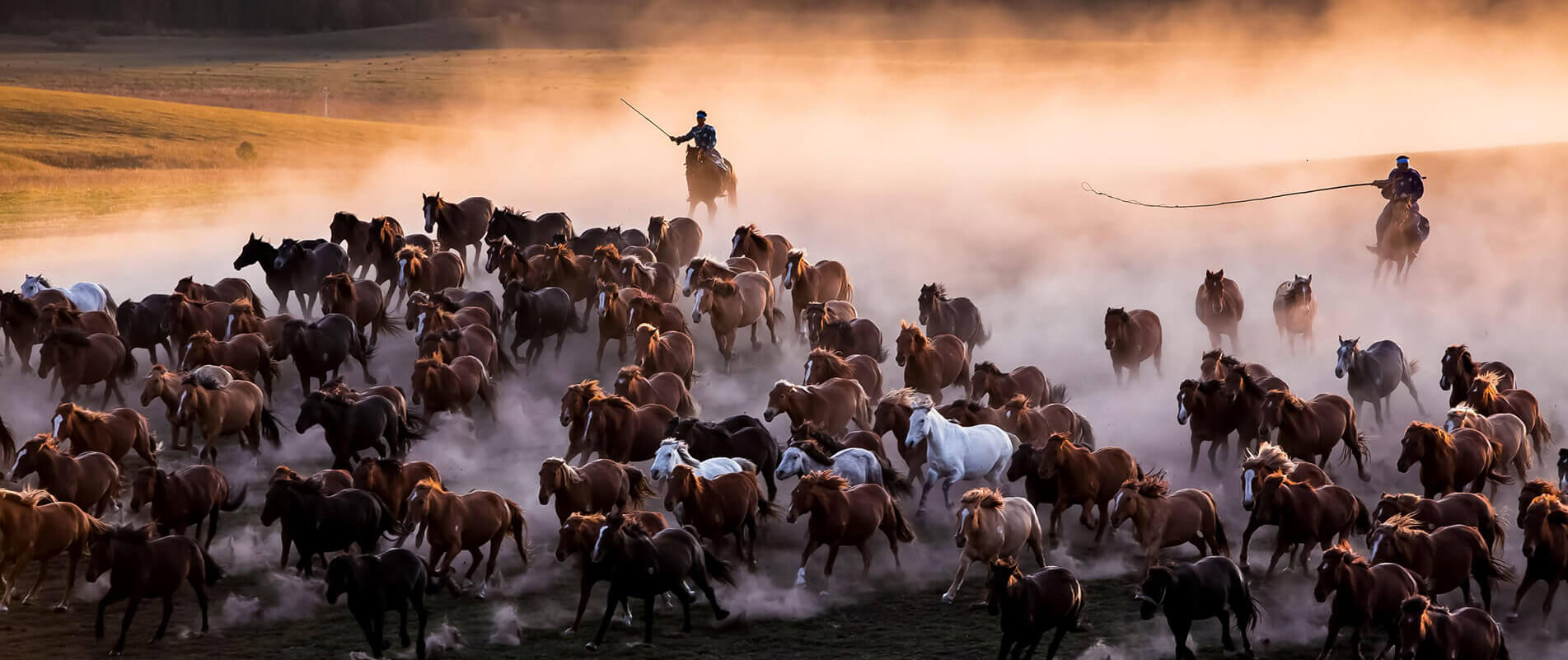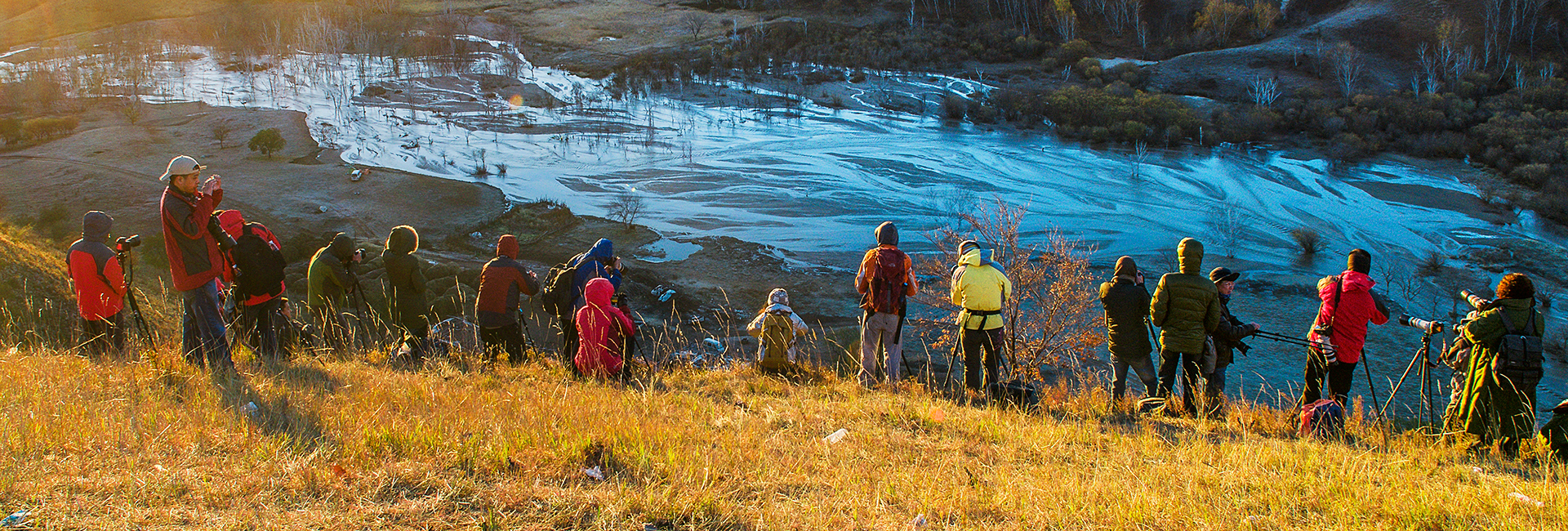Top Things to Know
Inner Mongolia Photography Destionations
Hulunbuir Grassland
Hulunbeier is a golden area, known as "Northern Jasper" and "Green Pure Land". Hulunbuir Grassland is one of the four major grasslands in the world, known as the best grassland in the world, and one of the 20 scenic spots of tourism in China.
Ejina Qi
Ejina is belonging to Alxa League of Inner Mongolia Autonomous Region. It is located in the northern border of China and is located at the westernmost end of Inner Mongolia Autonomous Region.
Ejina has 30,000 hectares of Populus euphratica forest, which has been listed as a national nature reserve. It is regarded as a living plant fossil and is listed as a national second-level protected plant. Ejin populus euphratica forest district is one of only three places in the world.
Wulan Butong Grassland
Wulan Butong was formerly the Qing Dynasty Royal Mulan Paddock.
The natural tourism resources of Wulanbutong scenic area are mainly grasslands, lakes, sands, wetlands, and woodlands, supplemented by forest trees, flowers, and wild animals, and most of them are well preserved.
There are many bird species in Inner Mongolia. There are national first-level protected birds such as big swans and great bustards, second-level protected birds such as demoiselle cranes and grey cranes, as well as dozens of birds such as eagles, falcons, red ducks, wild ducks and herons.
Arxan
Aershan City is located in the northwest of Inner Mongolia Autonomous Region, across the southwest foothills of the Greater Xing'an Mountains. Due to the special geographical environment, Aershan City forms effective snowfall in early October every year until April the following year. During the ice and snow period of up to 7 months, Aershan ice was clean and wrapped in silver, and the snow period here was long and the quality was good.
The scenery of Aershan in autumn is even more breathtaking and dazzling, while the wind is not dry and the sun is not burning.
When to visit?
May to September.
Because Inner Mongolia is generally a semi-arid and humid temperate monsoon climate, but the entire region spans longitudes, there are certain differences in the east and west climates. Considering this difference, different destinations should be selected for different seasons:
- Eastern grassland area: The spring, summer and autumn seasons of the grassland are almost connected, so the climate is mild, clear and cool from May to September, which is very suitable for traveling. The annual "Nadamu" conference is held from July to September.
- Eastern forest area: In the golden autumn season, I went to the forests of the Great Xing'an Mountains in the Aershan Mountains. The layers of forests were full of colors and colorful, just like oil paintings. Of course, if you are not afraid of the severe cold, you can consider looking at the forest and snow fields in winter.
- Western Gobi Desert: It is best to go to the desert area in the west in autumn, which is August-October. The desert in autumn falls in the endless dark golden mist, and occasionally a little oasis and mysterious mirage, showing the beauty of the desert. In addition, the Populus euphratica in Ejina is also the most charming in the golden autumn season.
- Hulunbeier grassland: The most beautiful time is July and August, and the golden time for photography of Aarshan is August to the end of September.
Suggested Camera Gears
One machine with two mirrors or two machines with two mirrors are a good match.
For lenses, 16-35/24-70 with 70-200, 14-24 with 70-200, or longer lenses will be great for the trip.
Tripod, romote control or cable release, filters are necessary.
Some areas are dusty, dust proof cases will be useful.








